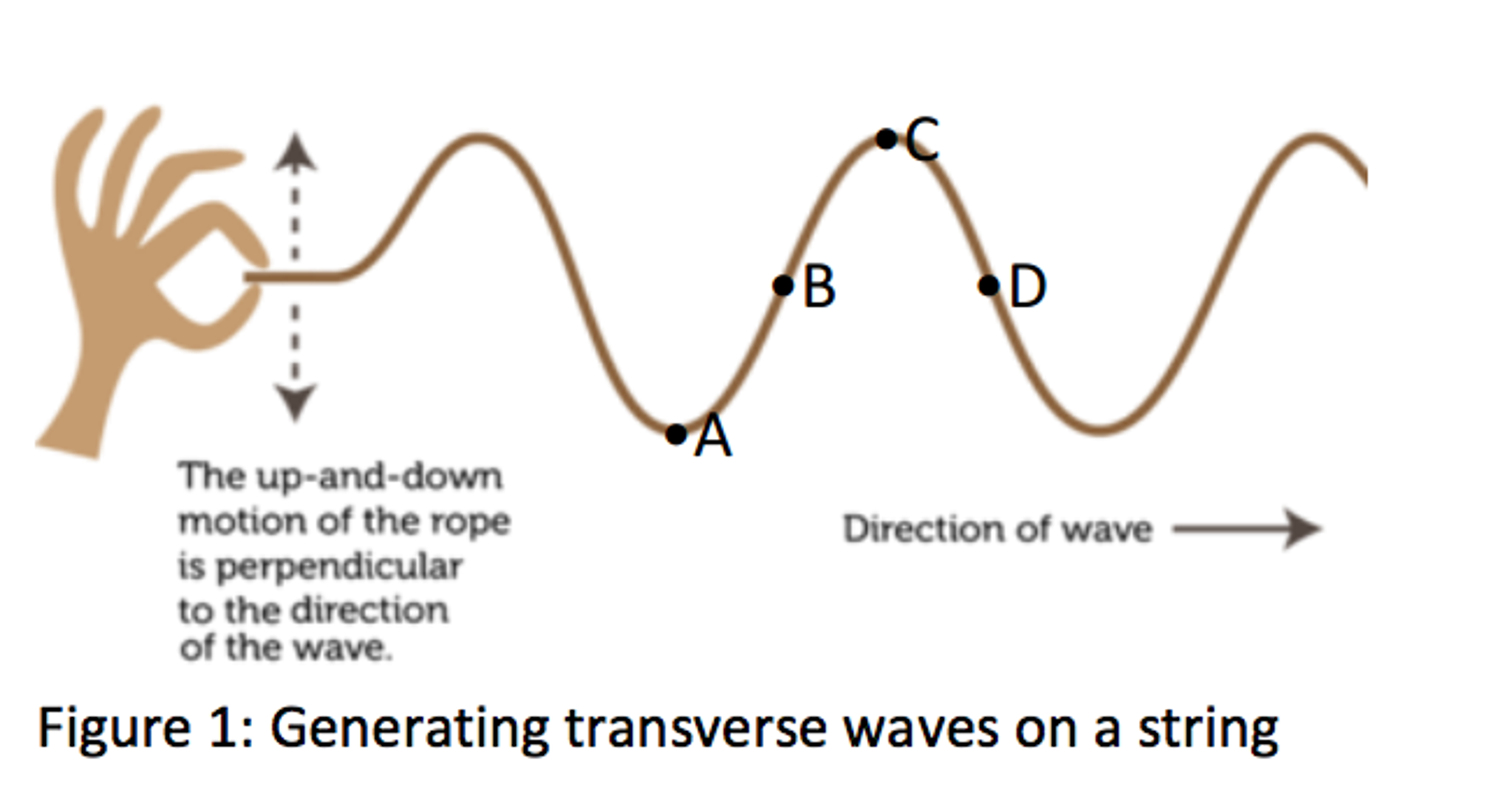To explain polarisation, my book gives an example of a transverse wave in a string, and explains as:
Since each point on the string moves on a straight line, the wave is also referred to as a linearly polarised wave. Further, the string always remains confined to the x-y plane and therefore it is also referred to as a plane polarised wave
The image given is somewhat like this: 
The definitions for both these terms are different, so it seems to me that they are not same. But I wasn't able to find an example which illustrates the difference between these two.
I found this Quora question, but the answers don't seem convincing.
So what exactly is the difference between a linearly polarised wave and a plane-polarised wave? Because according to me, a linearly polarised wave will oscillate in only one plane.
